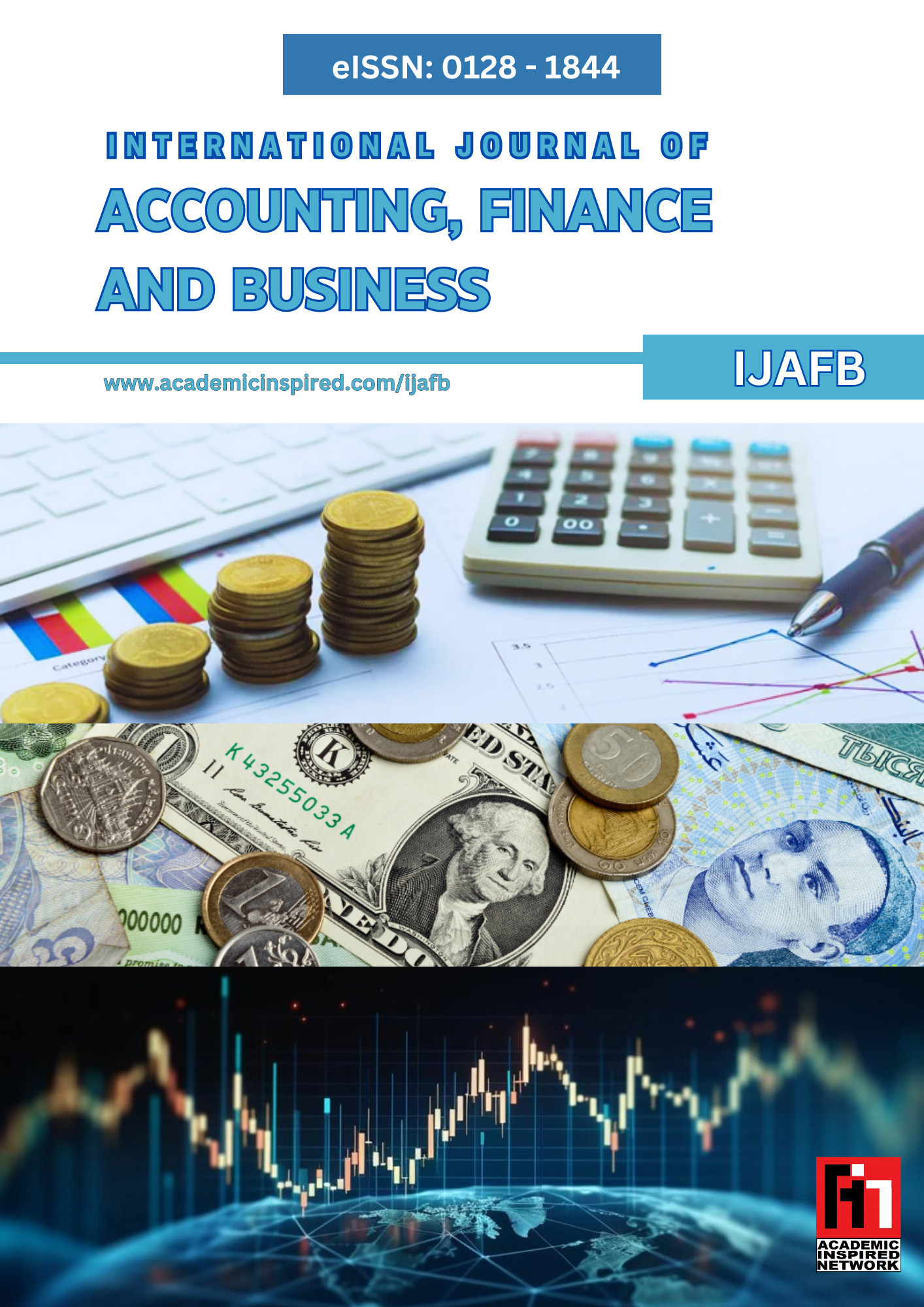Integrating game theory into educational simulations: Opportunities and gaps
Keywords:
Game Theory, Educational Simulations, Strategic Learning, Higher EducationAbstract
This study explores the integration of game theory into educational simulations within Malaysian higher education, highlighting both opportunities and existing gaps. Game theory, traditionally rooted in economics, offers a strategic framework for modelling decision-making, conflict resolution, and cooperative behaviour—principles that are increasingly relevant in pedagogical design. Through a systematic literature review, the study examines how game-theoretic constructs such as Nash equilibrium, reward matrices, and strategic dominance can enhance learner engagement, critical thinking, and value internalization. Despite growing interest, few studies have rigorously applied these principles to simulation-based learning environments. The findings reveal a lack of empirical validation, limited interdisciplinary collaboration, and accessibility challenges. However, the potential for curricular innovation, pedagogical alignment, and transformative assessment strategies remains significant. This paper calls for deeper integration of game theory into simulation design to foster strategic learning and prepare students for complex real-world scenarios.













